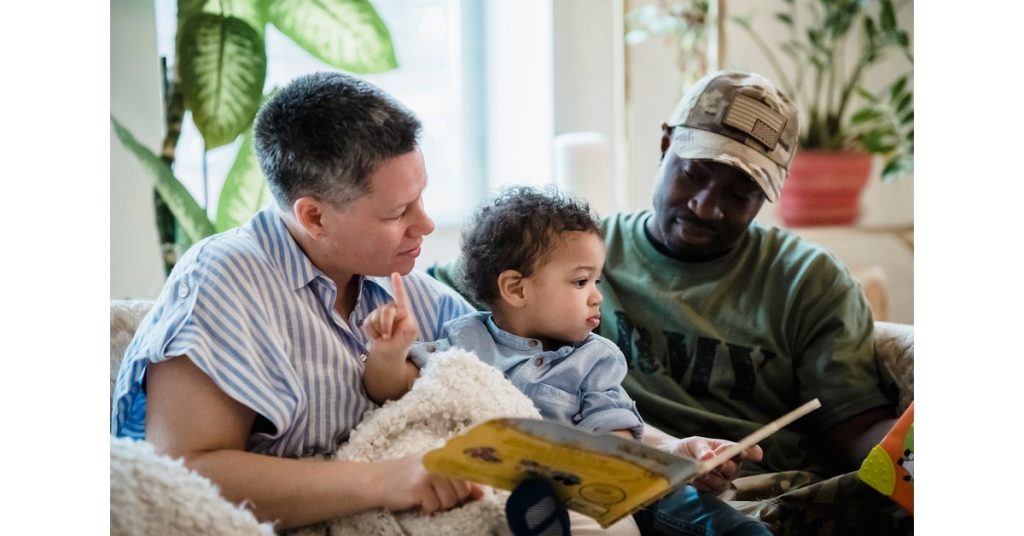Love knows no bounds, and sometimes, it leads to the beautiful creation of blended families. If you’re part of a blended family in Australia, you know that love and joy come hand in hand with a unique set of legal considerations.
Don’t worry, though! We’re here to guide you through the ins and outs of the law as it relates to your blended family. Let’s unravel these legal considerations together so you can focus on building a happy and harmonious home.
Table of Contents
ToggleIntroduction to Blended Families in Australia
When families merge through new relationships, forming what you might call a blended family, a range of unique legal scenarios can arise. Understanding these can help ensure everyone’s rights and responsibilities are respected and clearly defined.
What is a blended family?
In family law, a blended family, also known as a stepfamily, is a family unit where at least one child is the biological or adopted child of only one parent, and not both. This usually happens when two separate families come together, often through marriage or de facto relationships.
How common are blended families in Australia?
According to the 2021 Census data, 12% of couple families with dependent children were classified as either step-families or blended families.
Of these, step-families comprised 8% of all couple families with dependent children (182,229 families), while blended families made up 4% (99,564 families).
Also read: Understanding Intrafamily Adoption in Australia
Understanding the Legal Framework for Blended Families
Blended families in Australia face a distinct set of legal considerations that require careful navigation. It’s crucial for you to understand these laws to protect your rights and those of your family members.
What laws affect blended families in Australia?
The primary law governing blended families in Australia is the Family Law Act 1975. This Act outlines the rights and responsibilities of parents and step-parents, including matters related to children’s living arrangements, financial support, and decision-making.
Additionally, state and territory laws may also apply in specific situations.
How do family laws in Australia apply to blended families differently than to traditional families?
While the fundamental principles of family law remain consistent, their application can vary in blended families.
For instance, step-parents generally don’t have the same automatic parental rights as biological parents. They may need to seek court orders for parental responsibility or establish their standing through de facto relationships.
Additionally, financial obligations like child support may be calculated differently considering the biological parents’ primary responsibility.
Understanding these nuances is crucial for making informed decisions and ensuring your blended family thrives within the legal framework.
Also read: Same-Sex Parenting
Parental Responsibilities and Rights
Establishing clear parental roles and responsibilities is vital in a blended family. This understanding fosters a stable and nurturing environment for children while ensuring everyone’s rights are respected.
What are the legal responsibilities of a step-parent?
Legally, step-parents generally don’t have automatic parental responsibility for their stepchildren. However, if you live with your stepchildren and their parent, you have a responsibility to care for them as you would your own children.
This includes providing for their basic needs, ensuring their safety and well-being, and contributing to their upbringing. In some cases, you may also be financially responsible for your stepchildren, particularly if you have taken on a parental role.
How are parental rights determined in a blended family?
Parental rights in a blended family are determined primarily based on the best interests of the child, a guiding principle in all family law matters in Australia.
For biological parents, parental rights and responsibilities are clearly defined; these include custody, decision-making for the child, and financial support.
In the case of step-parents, rights such as custody or decision-making can be recognised by the court, particularly if the step-parent has been a major caregiver or if there are formal agreements made between the biological parents and the step-parent.
These rights are established through court orders or agreements that are recognised by the court, ensuring that the child’s needs and welfare remain the central focus.
Child Support Considerations
In blended families, the financial support of children requires careful consideration. Understanding how child support is determined and the potential impact of new relationships can help you plan for a secure financial future for your children.
How is child support calculated in blended families?
Child support calculations in blended families can be complex. While the child’s biological parents typically remain primarily responsible, the income of new partners may be considered under certain circumstances.
Factors like the number of nights the child spends with each parent, the income of both biological parents, and the cost of raising a child all play a role in determining child support obligations.
What happens to child support agreements when families blend?
If you have an existing child support agreement and your family situation changes due to a new relationship, it’s important to review and potentially update the agreement.
If the other parent’s income significantly changes or if you take on a greater share of care for the child, you may need to reassess the child support arrangements.
It’s best to communicate openly with the other parent and consider seeking mediation or legal assistance to ensure a fair and equitable outcome for everyone involved.
Custody and Visitation Rights
Custody and visitation arrangements in blended families often involve a delicate balance of different relationships and responsibilities.
How do custody arrangements work in blended families?
Custody arrangements in blended families typically revolve around the existing custody agreements or orders from previous relationships. The child’s biological or adoptive parents usually hold primary custody rights, determining where the child lives and making major decisions about their upbringing.
However, step-parents can play a significant role in the child’s life, and arrangements for visitation or shared care can be negotiated or ordered by the court.
These arrangements are often made with the child’s best interests as the paramount consideration. Factors like the child’s age, their relationship with each parent and step-parent, and the stability of each household are all considered. Communicating openly with all parties involved is crucial to create a plan that works for everyone.
Protecting Your Blended Family’s Future
Building a beautiful blended family takes love, commitment, and sometimes, a little legal guidance. At Justice Family Lawyers, we understand the unique challenges of navigating family law in a blended family situation.
Don’t let legal uncertainties cloud your journey. Get expert advice from our experienced family lawyers. We’ll help you create a clear legal framework that protects everyone’s interests and fosters a secure and nurturing environment for your family. Contact Justice Family Lawyers today for a confidential consultation.
Principal of Justice Family Lawyers, Hayder specialises in complex parenting and property family law matters. He is based in Sydney and holds a Bachelor of Law and Bachelor of Communications from UTS.






